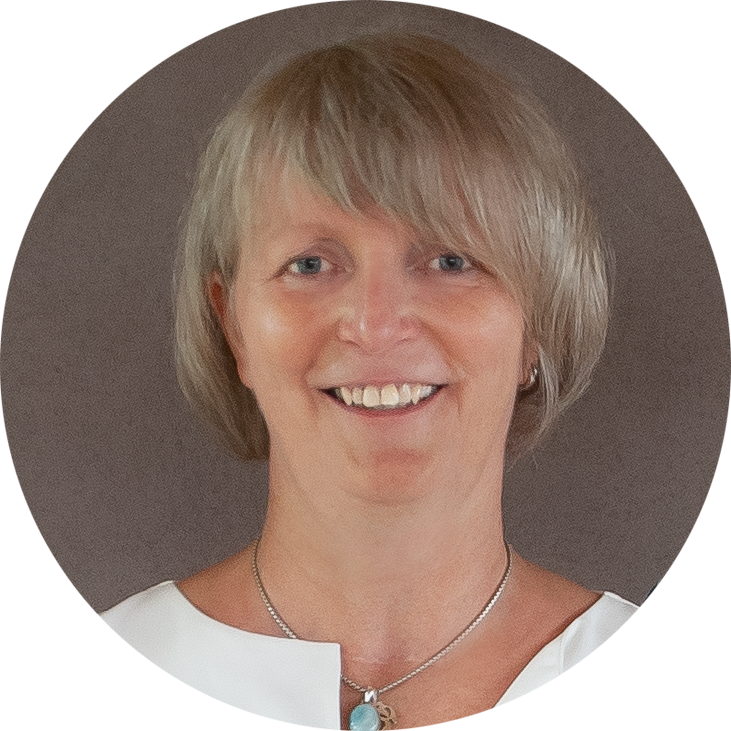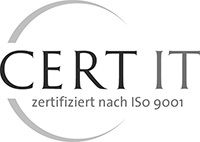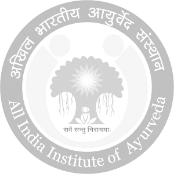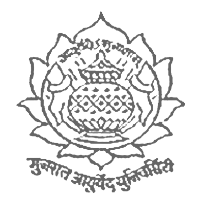Population development in the western industrialised countries is characterised by increasing ageing. In the near future, the decreasing number of working people will no longer be able to financially support a rapidly growing population of elderly people. Here Ayurveda can play an important role as a deeply humane and economically affordable model of health care.
From an Ayurvedic point of view, old age is characterized by a pronounced Vata dominance. Therefore the typical Vata diseases are the main focus of geriatric care (rheumatic diseases, neurodegenerative diseases, respiratory diseases etc.).
In the case of a large number of typical pathologies of old age, conventional medicine quickly reaches the end of its therapeutic spectrum for medical and economic reasons. The treatment of chronic multimorbid patients is sometimes extremely expensive and fraught with a multitude of undesirable and dangerous side effects.
As medical practitioners committed to holism, we Ayurvedic therapists also know how to guide our elderly fellow human beings towards the finiteness of somatic existence and the permanence of our psychospiritual personality. Especially in the terminal paternal phase of life, we must embrace this withdrawal of the substantial aspects of the body and support our patients in this understanding. Thus, the goal should not be "freedom from disease" at any cost, but rather strengthening of the psychic and spiritual components of human existence while maintaining quality of life and dignity.
In this sense, many typical diseases of advanced age present themselves to us as such reductions of material substance; an example of this is osteoporosis.
In other words, it should be the goal of the therapeutic companion to crystallize the positive aspects of Vata, such as lightness, mental agility, intuition, creativity, or quite generally detachment from matter and attachment.
On this path, which places the highest demands on the mental potency of the patient, we as practitioners should act in such a supportive way that we have to keep the hindering disease factors of pain, loss of strength, loss of mobility or also cerebral-mental insufficiency within limits as much as possible. An adequate goal could be described as "body and mind in harmony with Vata".
In concrete terms, Ayurvedic concepts are then presented for common geriatric diseases: Rheumatism, depression, malignancy, climacteric, diabetes mellitus, metabolic syndrome, neurodegeneration (Parkinson's disease, multiple sclerosis) and gastrointestinal disorders.











